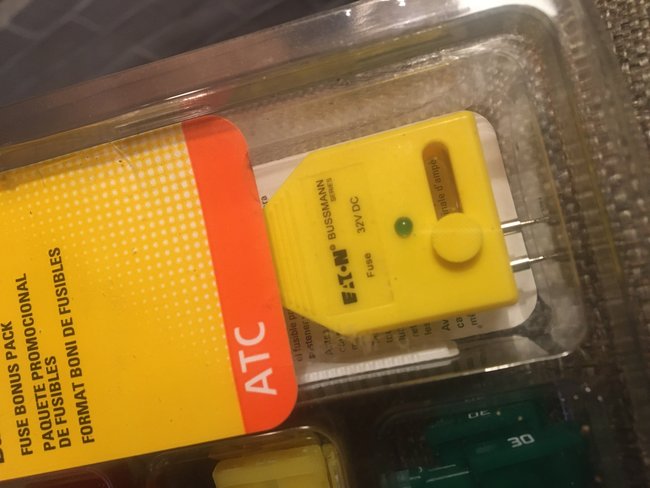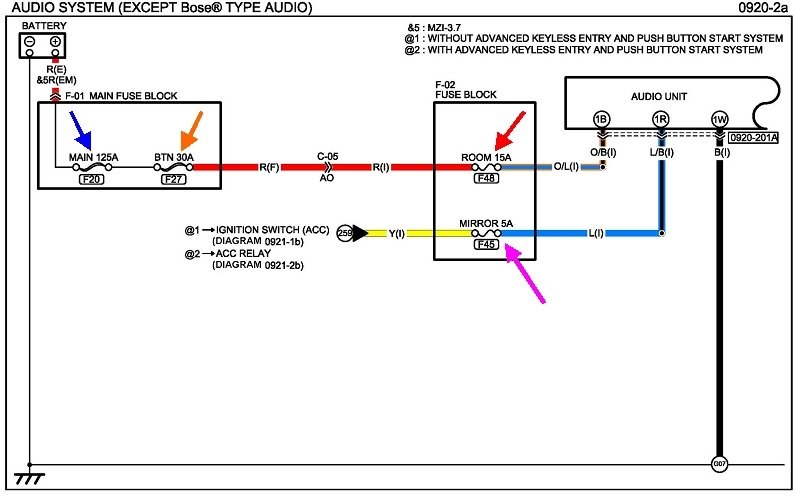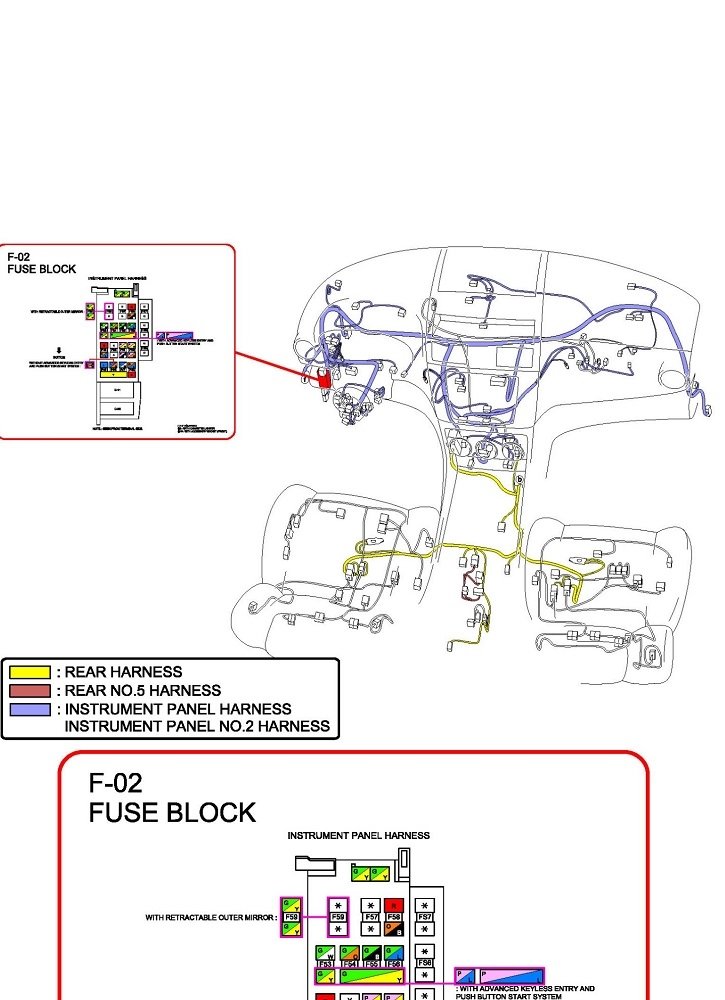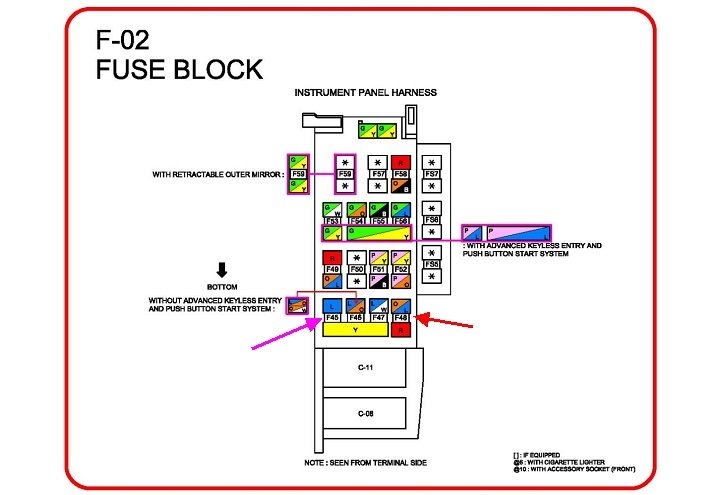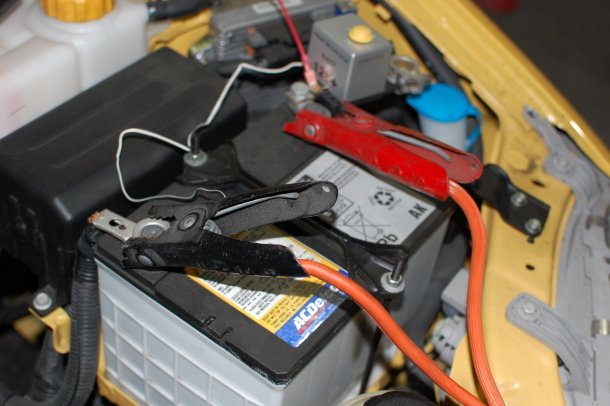There are going to be multiple blown fuses. Everything you mentioned is now run by computers. Those always have a "diode" inside between the power and ground terminals. Diodes are one-way valves for electrical current flow. Under normal conditions, the diodes are placed in the computer backward so it is turned off and doing nothing. It's when the battery or jumper cables are connected backward that the diodes become "forward-biased" and act like a piece of wire. They become a dead short that forces the fuse to blow. In so doing, the computer is protected from that reverse polarity. In very rare instances a computer module can still be damaged, but most of the time, it is simply a matter of replacing all the blown fuses.
There are two fuses for the radio. One is for the switched circuit that turns the radio on with the ignition switch. The other one is always on to maintain the radio's station presets and clock in memory. Most computers also have memory circuits that are separate from their regular fused circuits. That radio's memory circuit is rarely on its own or with its own fuse. Instead, it is tied in with some other circuit that is always live. That is very commonly the interior light circuit. It could also be the horn or cigarette lighter circuit.
There's two things to be aware of. The first is to make life miserable, on the majority of import cars, one of the radio's fuses is plugged in on the back of that radio. That means you have to pull the radio out to check or replace that fuse. They're usually a red 10-amp fuse.
The second issue has to do with how the radio acts when the memory fuse is blown. It is important to understand that different radio models behave differently, so don't go by what someone else tells you happened to their radio. Some radios will be totally dead, even though the main radio fuse is okay. Some models will work perfectly normally until you turn them off, either at the radio or with the ignition switch, then, when you turn them back on, the radio station will have reset to a factory-preprogrammed setting, and the clock will have reset to 12:00 or the setting used at the factory. Some radios will have working displays, and you can tune them up and down, but there will be no sound.
The fuses that typically blow from reversed jumper cables are the smaller ones. Those will have two tiny holes on top for test points. Use a test light to check for voltage on all the fuses, both test points, with the ignition switch on. If you find 12 volts on both test points, that fuse is okay. If you find 0 volts on both points, that circuit is currently turned off. You're looking for any fuse that has 12 volts on one side and 0 volts on the other side. That one is blown.
Here's links to some articles that will explain this better:
https://www.2carpros.com/articles/how-to-use-a-test-light-circuit-tester
https://www.2carpros.com/articles/how-to-check-a-car-fuse
If you don't have a test light, a digital voltmeter will work too:
https://www.2carpros.com/articles/how-to-use-a-voltmeter
I can help you with setting it up, if you need it.
Thursday, June 18th, 2020 AT 5:25 PM
